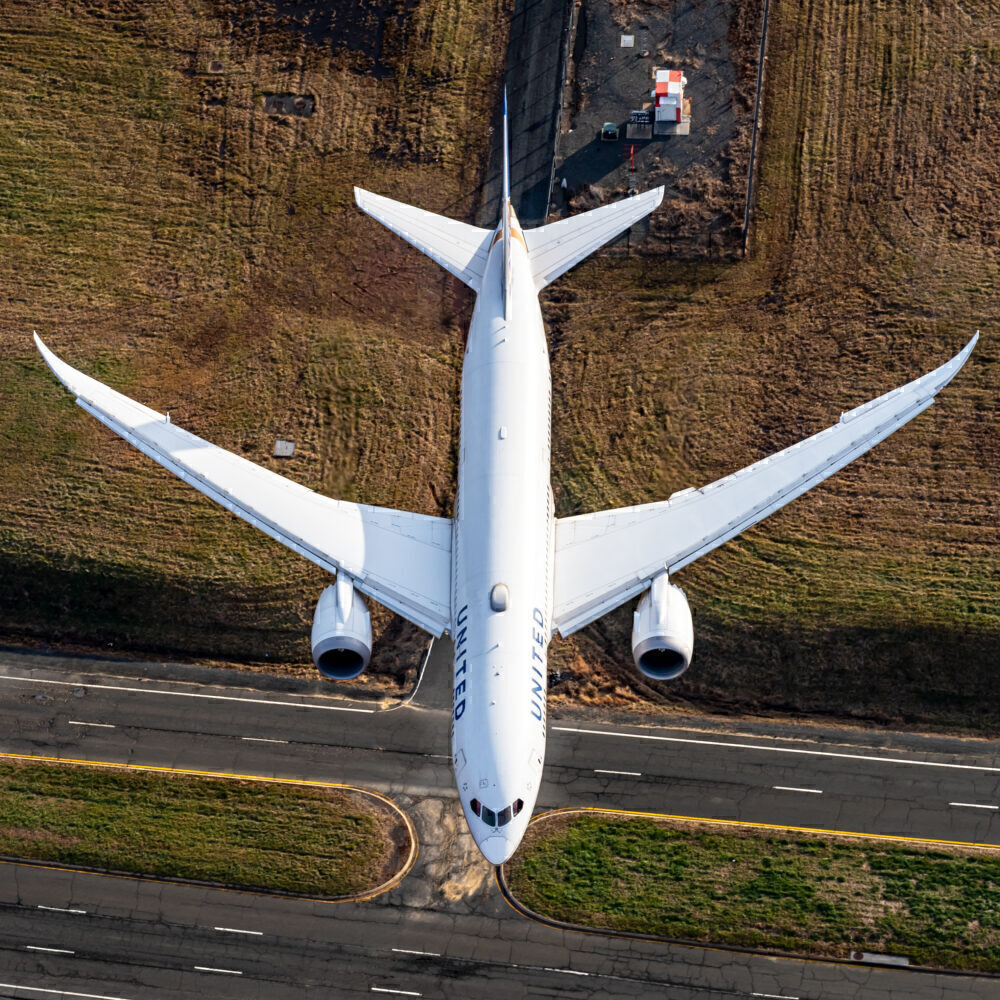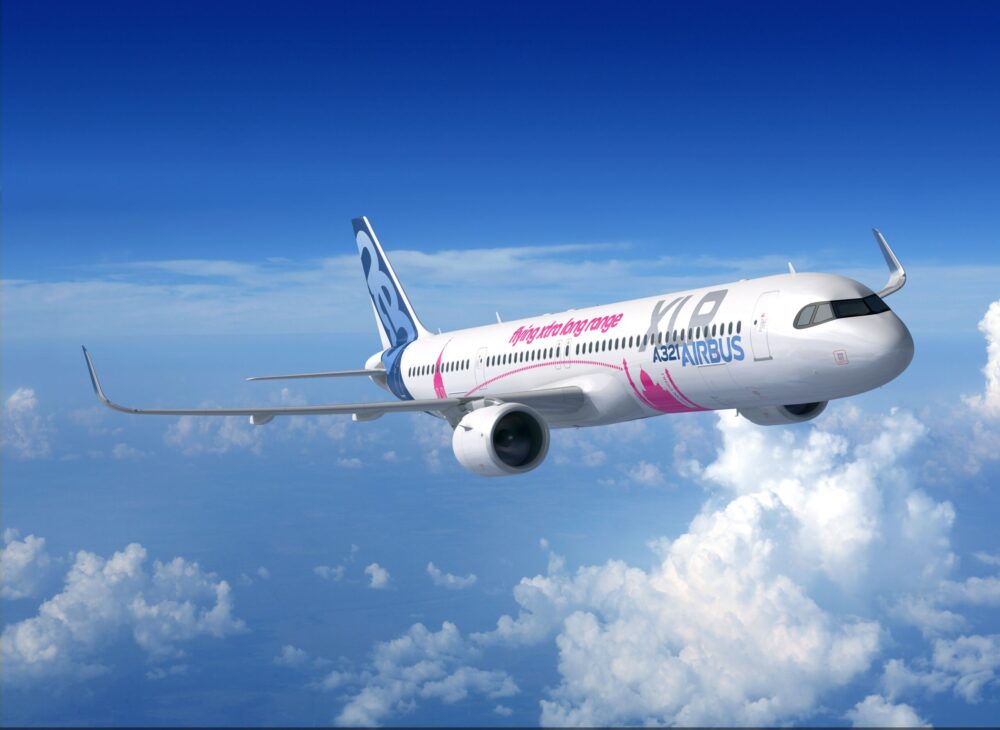Boeing’s New Midsize Airplane has been a concept that has been floating around for many years now. Originally anticipated to be officially announced in 2019, the MAX crisis, understandably, took precedent. Now, it looks like Boeing is ready to contemplate the project again, and could be eyeing a three-aircraft family to plug the gap in its product line.

It’s not off the table
The first thing that has become apparent this year is that the New Midsize Airplane (NMA) is not completely off the table for Boeing. Although Boeing boss Dave Calhoun previously said that the project would be completely re-looked at, comments made in January suggest it is still on his mind.
As reported in FlightGlobal, when asked how the company plans to compete against the long-range variants of Airbus’ A321neo, Calhoun said that the mid-market section is “where our development efforts lean.” However, he quashed any rumors of a forthcoming announcement saying,
“We are not going to call out the point design at the moment. This is not the time.”




He went on to state that progress on defining a mid-market solution was going well, adding that Boeing’s developers were specifically working on advanced manufacturing technologies to ensure the commercial success of such a plane.
In February, Aviation Week revealed that Boeing could already be sounding out suppliers for provisional requests for information. The report suggested that the focus will be on simplicity and low costs, with a view to reducing the time to market.
Stay informed: Sign up for our daily aviation news digest.
The idea of a Boeing NMA has been floating around for quite some time now. The original NMA plan detailed a successor to the 757, and potentially the 767 as well. These were dubbed internally the NMA-6X and the NMA-7X, and by the time 2019 rolled around, they were considered to be almost ready to be revealed to the market.
However, the 737 MAX crisis derailed Boeing’s best-laid plans. It was thought that the planemaker was on the verge of requesting authority from its board to begin offering the NMA to airlines in March that year, but the second crash of the MAX and subsequent grounding meant everything was put on the back burner.
That year, Boeing was wholeheartedly gazumped by Airbus, who chose the Paris Air Show as the platform to officially launch the long-anticipated A321XLR. This plane, while not a complete solution to the middle market requirement, ticks an awful lot of boxes for airlines that are keen to retire their aging 757s and 767s.




This became painfully apparent to Boeing as Airbus began stealing orders from right in its back yard. Both American Airlines and United placed substantial orders for the type, unable to wait any longer for a solution from their homegrown manufacturer.
Airbus remains on track to bring the XLR into service in 2023. With the best will in the world, Boeing will struggle to launch an NMA much before the late 2020s. As airlines shuffle their fleets to accommodate the current and projected future effects of the pandemic, Boeing needs to make a decision fast, or risk missing the boat.
A three airplane family?
Aviation Weeks’ reporting suggests that, alongside the NMA-6X and the NMA-7X, Boeing could be contemplating a third, smaller variant of the family. Originally it was presumed that the NMA-7X would be the first to market. Now, it seems that an additional model, the NMA-5X, could be brought into service as the first iteration.




Scott Hamilton at Leeham News believes that this is the correct direction for Boeing to take. Indeed, the publication had previously mooted that an NMA ‘Lite,’ something to replace the 737 MAX 9 and MAX 10, would be where Boeing’s opportunity truly lay.




A 5X, said Hamilton, would directly compete with the Airbus A321neo, seating from 189 to 250 passengers for a range of 4,000 – 4,500 NM. The original 6X and 7X concepts were larger than the A321neo, and therefore would not compete directly. Hamilton states,
“The NMA-5X is sized directly across from the Airbus A321neo family. It’s the third member of the NMA family that was missing throughout Boeing’s struggles to form a business model for the NMA.”
If Boeing does press the button on the NMA, we could expect to see an official announcement within the next two years. However, if it wants to retain market share from Airbus, it needs to act fast and make a call on the project.



